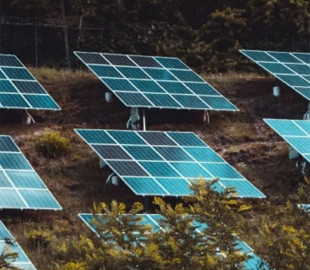
Solar modules produced in Europe cover only 15% of EU demand. China will hold the top spot until at least 2035.
The European Union is the world's largest importer of solar panels and is expected to remain so until at least 2035, according to the latest report from the International Energy Agency (IEA). Balkangreenenergynews.com writes about this.
The share of clean energy technologies in the import bill will increase from less than 10% in 2023 to 35% in 2035 at the expense of fossil fuels.
Domestic production of solar panels in the EU covered just under 15% of demand in 2023, with imports covering the rest and even creating a stockpile roughly 3 times the level of installations last year, according to the IEA's Energy Technology Outlook 2024 report. .
The EU buys solar modules mainly from China and Southeast Asian countries, although some imports now come from the United States.
200% Deposit Bonus up to €3,000 180% First Deposit Bonus up to $20,000Europe's domestic production is around 7 GW per year and there are currently no indications of a significant expansion of production. Moreover, there are signs that the existing production capacity may even be reduced.
At the same time, the IEA report notes that the EU's share of global production capacity of photovoltaic systems has fallen to less than 1%. However, the industry has maintained its share of 3% of global polysilicon supplies thanks to the high purity of the material produced in Germany and its exports to China.
According to one of the scenarios presented in the report, global solar panel production capacity could to reach 1,695 GW in 2035 compared to 1,115 GW in 2023.
The value of the global market for solar, wind energy, electric vehicles, batteries, electrolyzers and heat pumps has increased almost 4 times since 2015 th by 2023 and amounted to more than 700 billion US dollars, or about half the value of all natural gas produced in the world. Under current policies, the global market for these 6 “clean” technologies will almost triple by 2035, exceeding $2 trillion.

